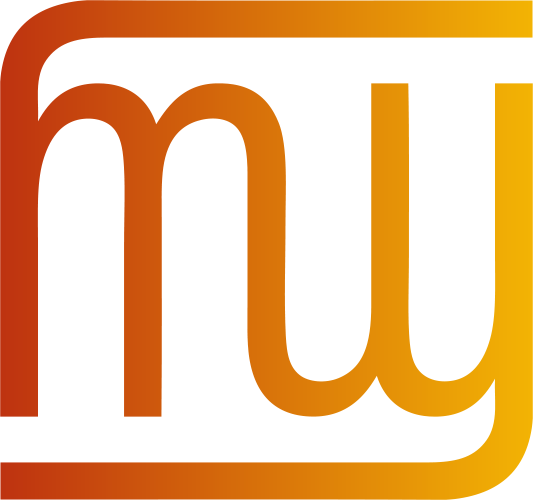 The W3C Internationalization (I18n) Activity works with W3C working groups and liaises with other organizations to ensure Web technologies work for everyone, regardless of their language, script, or culture.
The W3C Internationalization (I18n) Activity works with W3C working groups and liaises with other organizations to ensure Web technologies work for everyone, regardless of their language, script, or culture.
From this page you can find articles and other resources about Web internationalization, and information about the groups that make up the Activity.
Read also about opportunities to participate and fund work via the new Sponsorship Program.
What the W3C Internationalization Activity does
Selected quick links
Selected quick links
Selected quick links
New article: Styling using the lang attribute
FAQ-based article: What is the most appropriate way to associate CSS styles with text in a particular language in a multilingual XHTML/HTML document?
By Andrew Cunningham, Victoria State Library.
New article: Who uses Unicode?
FAQ-based article: Are corporate Web sites using Unicode right now?
By John Yunker, Siemens.
New article: CSS vs. markup for bidi support
FAQ-based article: Should I use CSS or markup to correctly format Unicode-based bidi text in HTML and XML-based markup languages?
By Richard Ishida, W3C.
New article: International & multilingual Web sites
FAQ-based article: What is an ‘international’ or a ‘multilingual’ web site?
By Phil Arko, Siemens.
New article: Bidi space loss
FAQ-based article: Why does my browser collapse spaces between Latin and Arabic/Hebrew text?
By Richard Ishida, W3C.
New article: Checking HTTP headers
FAQ-based article: How can I check the character encoding information sent in the HTTP header of a web document?
By Martin Dürst, W3C.
New article: XHTML/HTML & bidi formatting codes vs. markup
FAQ-based article: To correctly format bidi text in XHTML or HTML pages, should I use Unicode control codes or markup?
By Richard Ishida, W3C.
New article: Date formats
FAQ-based article: How do I prepare my web pages to display varying international date formats?
By Lloyd Honomichl, Lionbridge.
New article: HTML, XHTML, XML and control codes
FAQ-based article: How do I handle control codes (ie. the ‘C0’ U+0000-U+001F and ‘C1’ U+007F-U+009F ranges) in XML, XHTML and HTML?
By Tex Texin, XenCraft & François Yergeau, Alis Technologies.
New article: Missing characters and glyphs
Unicode contains a huge number of characters covering a wide range of scripts and lanuages. However, in some cases, there may be something missing. This article looks at potential solutions.
By Martin Dürst, W3C.